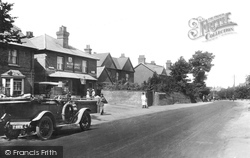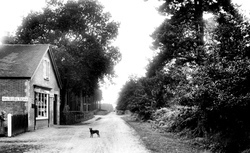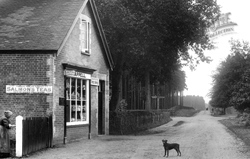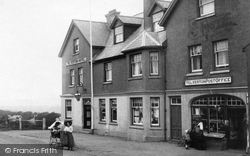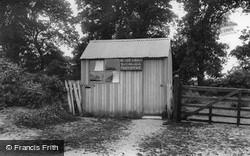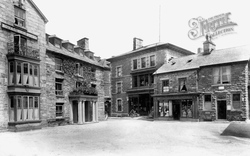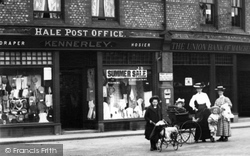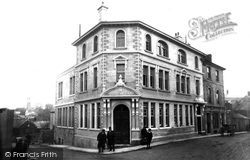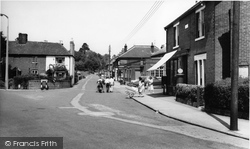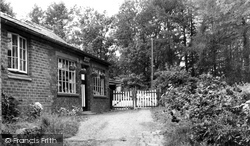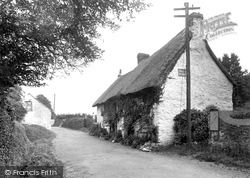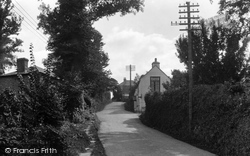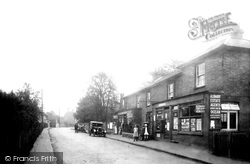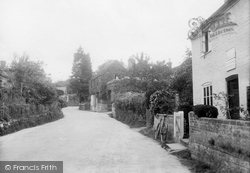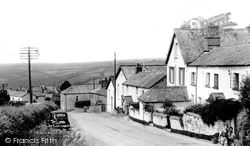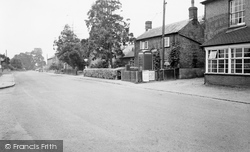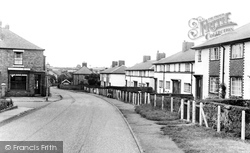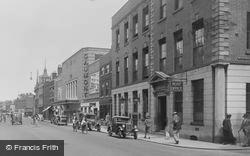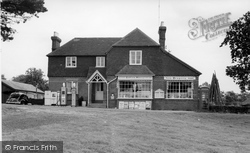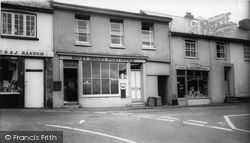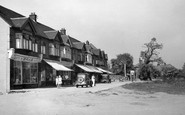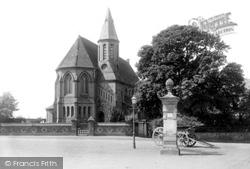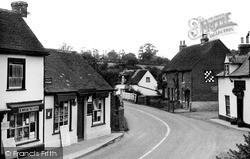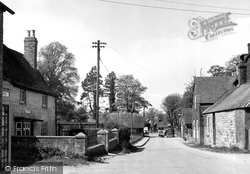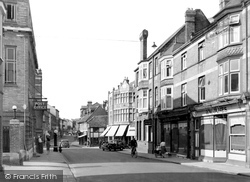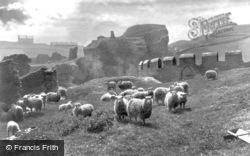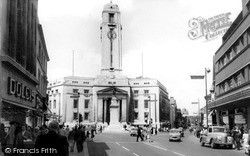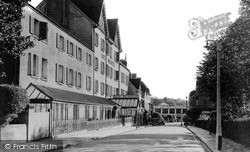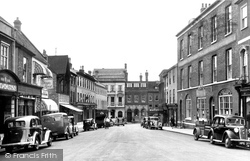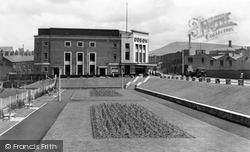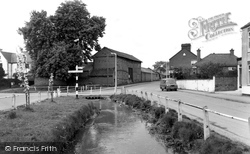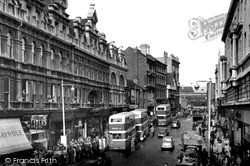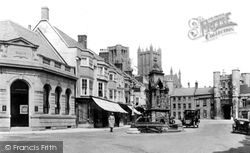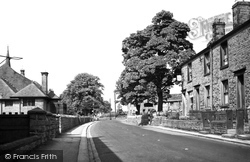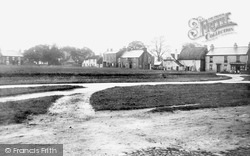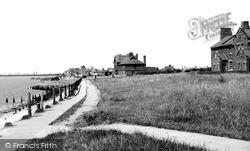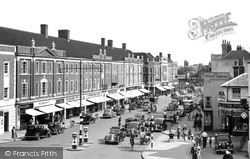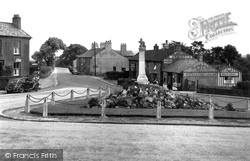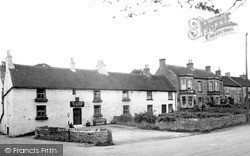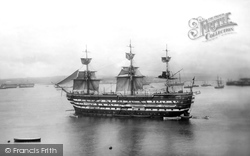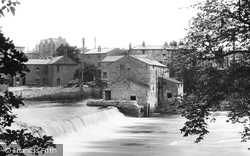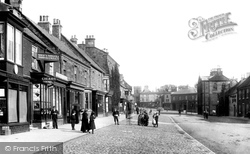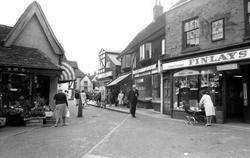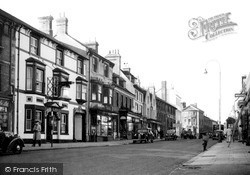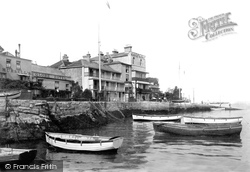Places
9 places found.
Those places high-lighted have photos. All locations may have maps, books and memories.
Photos
2,748 photos found. Showing results 1,061 to 1,080.
Maps
776 maps found.
Books
1 books found. Showing results 1,273 to 1.
Memories
2,736 memories found. Showing results 531 to 540.
Lost Father
Hi mine is not a memory but wanting to say my birth father was at Blandford Camp he was training to be a physical trainer his name Brian he never knew I existed as he left the camp before he knew my birth mother was pregnant. They met ...Read more
A memory of Blandford Camp by
My Childhood At Longmoor Camp
I lived in longmoor 1954 to 1965. My name was Carol Hoare, my brother Stephen and my sister Angela. We lived at 11 Baden Powell for the first 5 years, Angela was born there. Then 4, Union Rise. I went to Longmoor ...Read more
A memory of Longmoor Camp by
Lost Opportunity?
I was born in Drayton in 1943 and was at Solent Road School and the Northern Grammar School for Boys. I then went to London University and subsequently worked abroad while returning to Portsmouth regularly where I have my UK Home for ...Read more
A memory of Portsmouth by
The Village Was Home
I was born in 1950 at Orsett Hospital, a few minutes before my twin sister and on my mothers birthday no less. We lived at 28 St James Avenue East until 1968. The house was in fact that of my maternal grand parents and my ...Read more
A memory of Stanford-le-Hope by
A Grand Day Out, Glasgow Style.
Those among us of a certian age who can remember the days of the Trams in Glasgow will bring back memories, this is 1952 -1956, my friend & I used to take the No 23 tram from Garrowhill up to the terminus in Airdrie, ...Read more
A memory of Garrowhill by
My Fenny Stratford Childhood
Having recently by chance spoken with someone who knew Fenny Stratford I was prompted to start looking on the internet and came across this site and for what it’s worth decided to record my memories. I was born in ...Read more
A memory of Fenny Stratford by
Going Down The End Of The Road !
I have quite vivid memories from the late 1950's of Woodhall Parade or "The End of the Road" as those in Woodhall Crescent called it. Harry Skeeles the cockney greengrocer, always with his hat on and mostly with a fag ...Read more
A memory of Hornchurch by
Those Were The Days
I moved to Ireland Wood from Portsmouth when I was 4 years old with my Mum and dad who was in the navy. We lived at 42 Raynel Way. The house was built by the Council. Most of the houses like ours were made of prefabricated concrete ...Read more
A memory of Cookridge by
Old Eastbrook School Photos?
Hi folks. I'm an old Dagenham native and a previous student at the Eastbrook School in Dagenham. I now live and work in Seattle and am actually writing my memoirs, which include my school days there. I've Google ...Read more
A memory of Dagenham by
Walking To The Shops
I was born on Church Hill in 1962 and my Mum still lives in the house. I remember walking to the shops in the village each day to buy provisions with my gran. There used to be a bucher, baker, greengrocer, haberdasher, post office ...Read more
A memory of West End by
Captions
1,653 captions found. Showing results 1,273 to 1,296.
The lamp post has been replaced by a more ornate lantern celebrating Queen Victoria's Jubilee. This was relocated from the market place, and the locals call it 'Blind Sam's Lamp'.
Philpot's General Stores was also used as a slaughterhouse until the early 1950s, when it became the post office.
The post office (left) is now a Celtic gift shop. The walls have gone, and cobbles found in the rear garden have been laid at the front.
This shows the view looking along Reading Road, past the current Post Office and the Shell petrol pump, to the junction with Friday Street and into Duke Street as it heads towards the Market Place.
On the left of 33602, the lumpy roofs of the 14th-century Old Post Office plunge and pitch, the stout chimneys poking at the sky.
The earlier town hall was burned down during the post-First World War disturbances in July 1919.
The Metropole Hotel, beloved as a modern day conferencing venue and purveyor of Victoriana, looks a little sleepy in this post-war photograph.
At the far end is Abbeygate Street, with the three-storey Barclays Bank of 1881, which incorporated the Post and Sorting Office until 1895, the Midland Bank of 1914, and Whipps the fishmonger.
The plans were part of a post-war improvement scheme which originated in a town plan produced by Mattocks and Allen, two town planners with visionary ideas.
Cosby presents a most unusual configuration for a Leicestershire village, which with care and attention over the years could have been described as picturesque.
The few cars and heavy queues for buses seen here tell their own story about city transport and life in post-war Wales.
There is a new lamp post and a bench in front of the conduit, and the carriage of the Russian cannon can just be glimpsed behind. As a market town, Wells would be expected to have a market cross.
On 30 October 1940 German bombs fell on the village post office and cottages.
Bennison's Store (right) closed in 1958, and has been a post office and general store ever since.
This position was later used in the Napoleonic wars and finally in the 2nd World War as an anti-aircraft gunnery post. Now Fort Paull, restored in 2000, is an absorbing war museum.
Next along there was the sorting house of the Post Office, built in 1956 on the site of the old Barnardo's, and after that came the offices of the newly nationalised utilities.
This is the T-junction at the centre of Hurst Green, seen here in the gentle post-war years. This stretch of road has a history all of its own.
The post office, run by the King family from 1871 to 1987, has again recently been put up for sale.
Until the 1850s, the Navy offered little in the way of pre-sea training to recruits; they were simply posted to a ship, where they learned their craft from experienced hands.
On the skyline is the newly-opened (1909) Post Office.
The gas lamp denotes the post office at number 16 Westgate, and next to it at number 14 we find Mr Franks, a baker's and confectioner's and dining rooms.
The post (centre left) marks the site of a set of iron gates which prevented vehicles from entering the yard during church services.
On the left stands the Bell Hotel, established, according to the wording over the door, in 1515; it was the departure point for the tri-weekly London coach from Swindon, and the post office in the
Most of the islanders at that time were extremely poor, and like the inhabitants of other coastal areas saw smuggling as a way of augmenting their poverty-stricken existence.
Places (9)
Photos (2748)
Memories (2736)
Books (1)
Maps (776)




